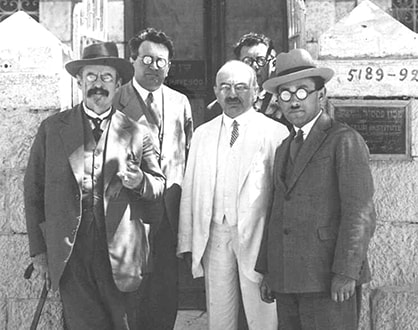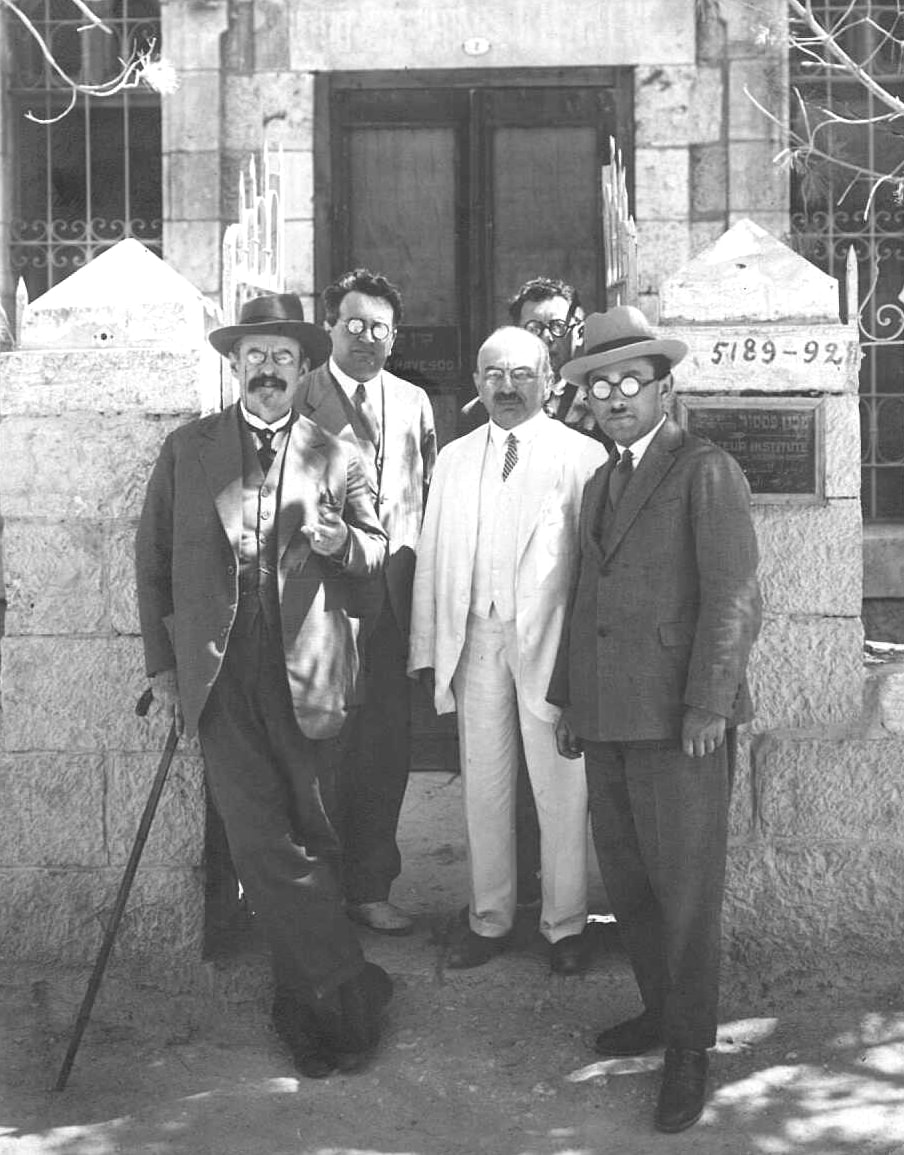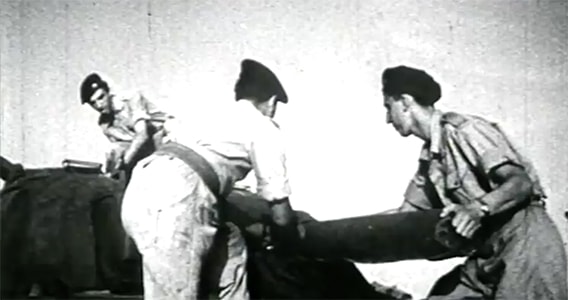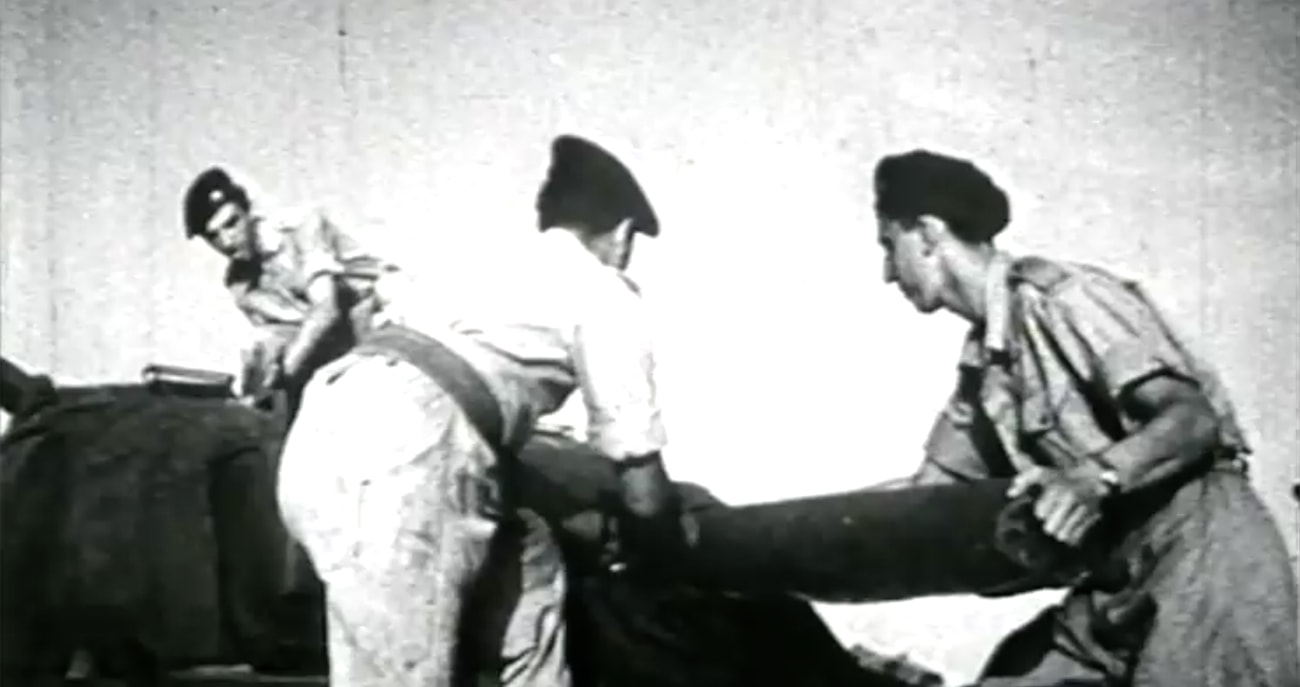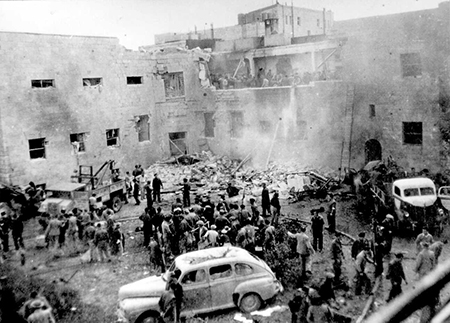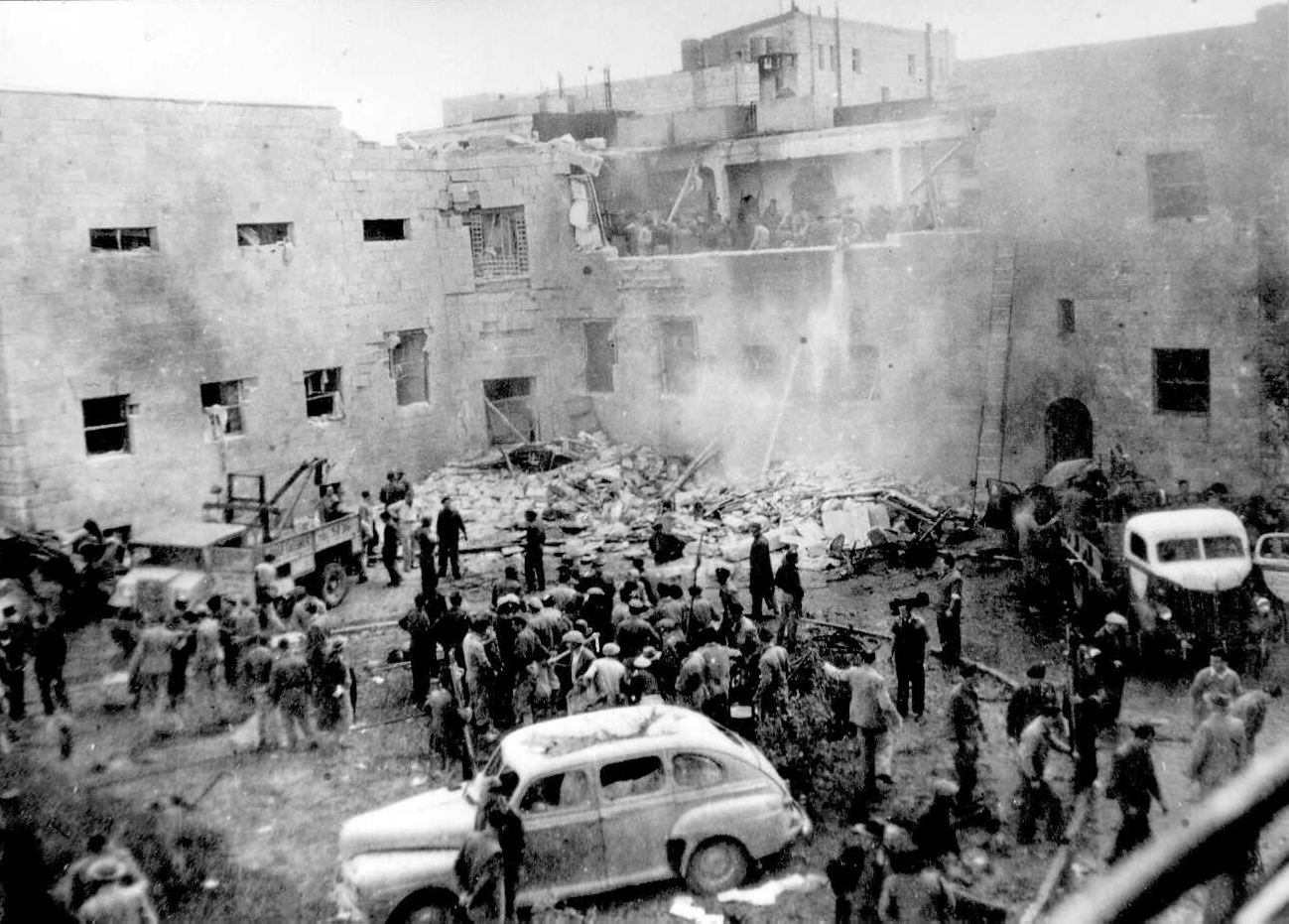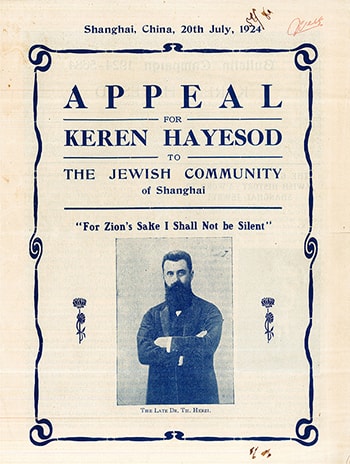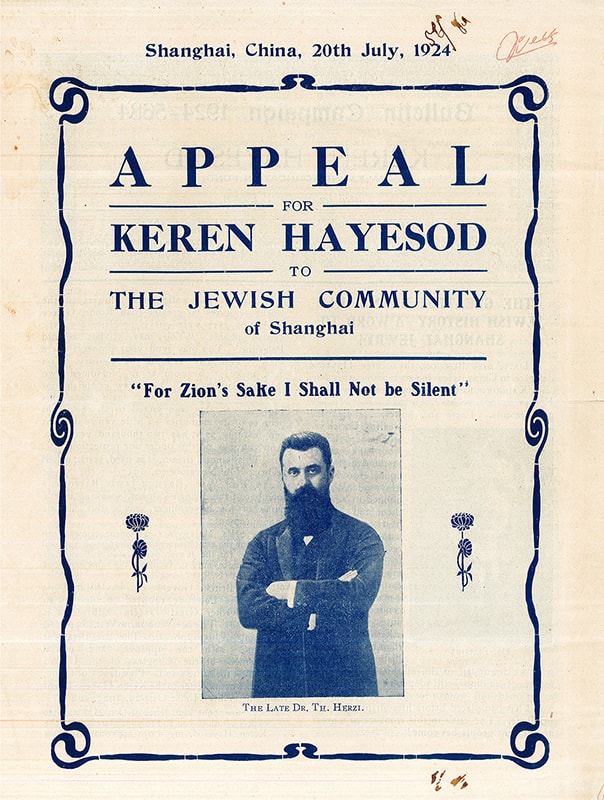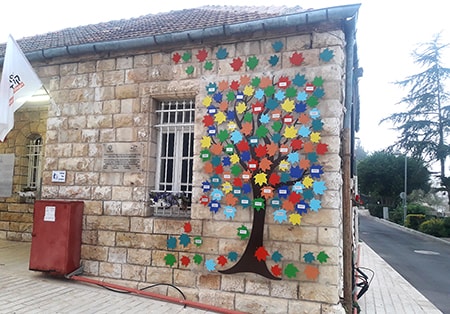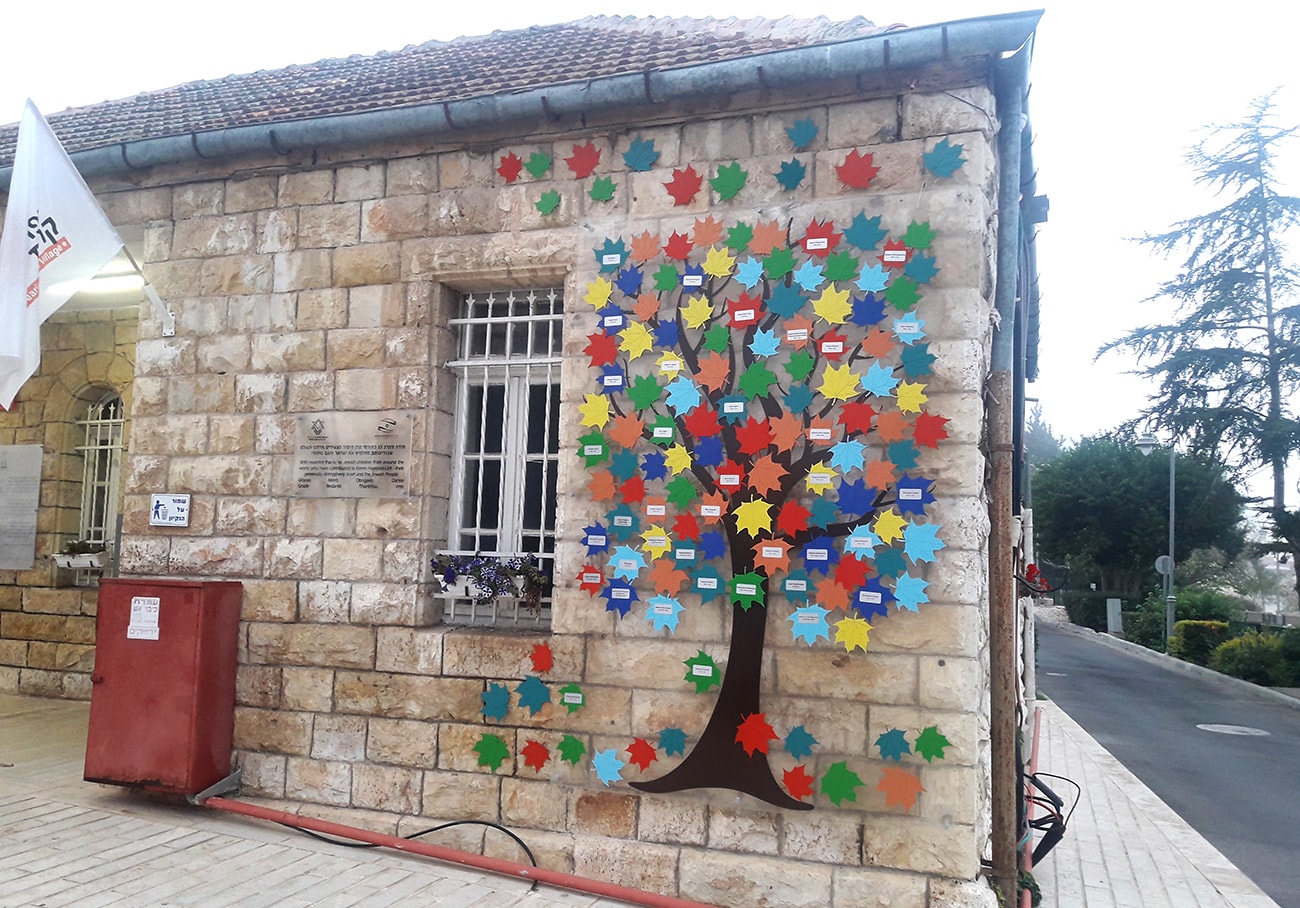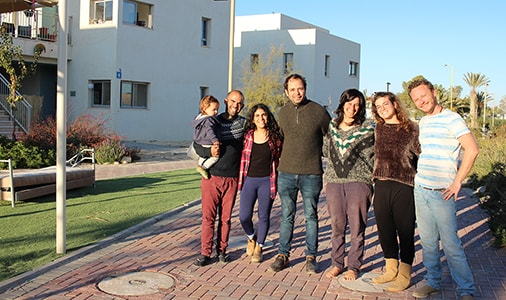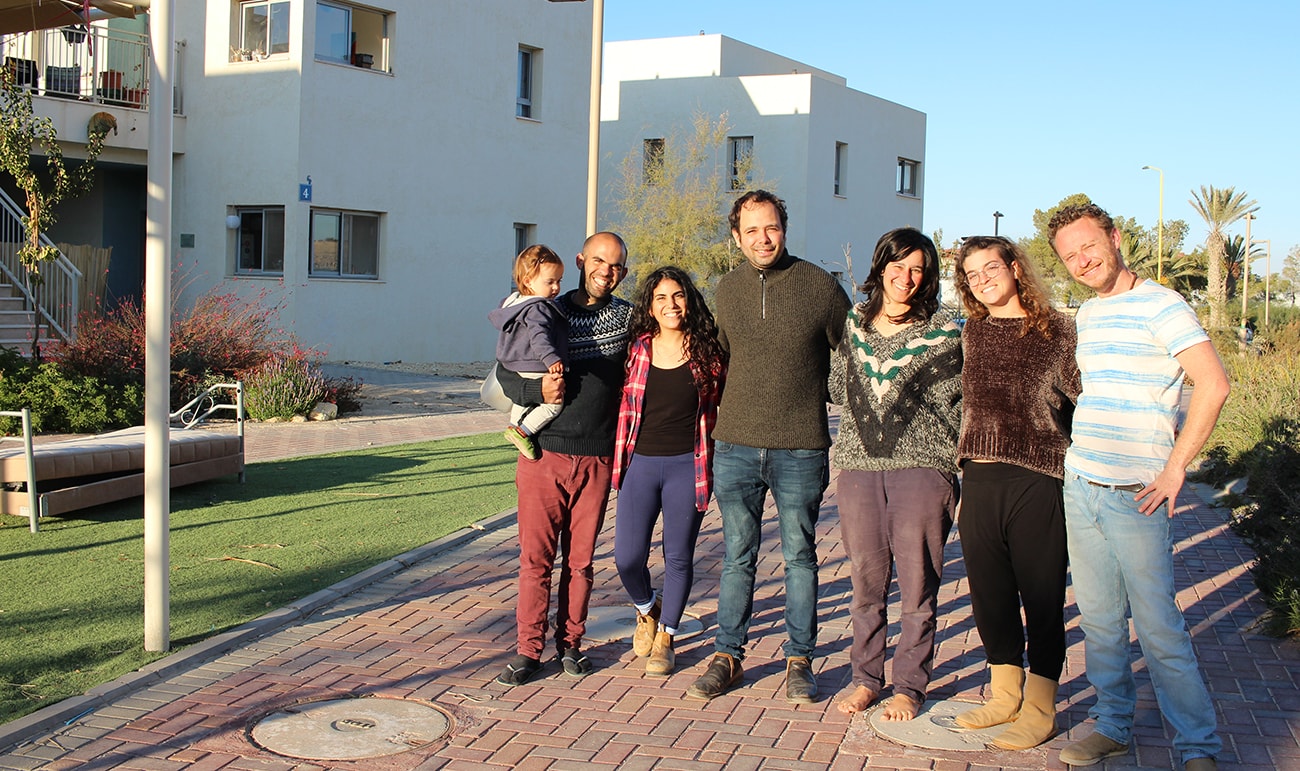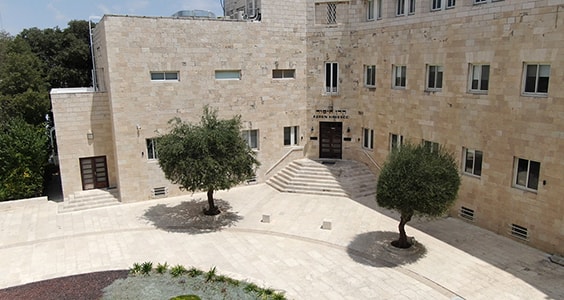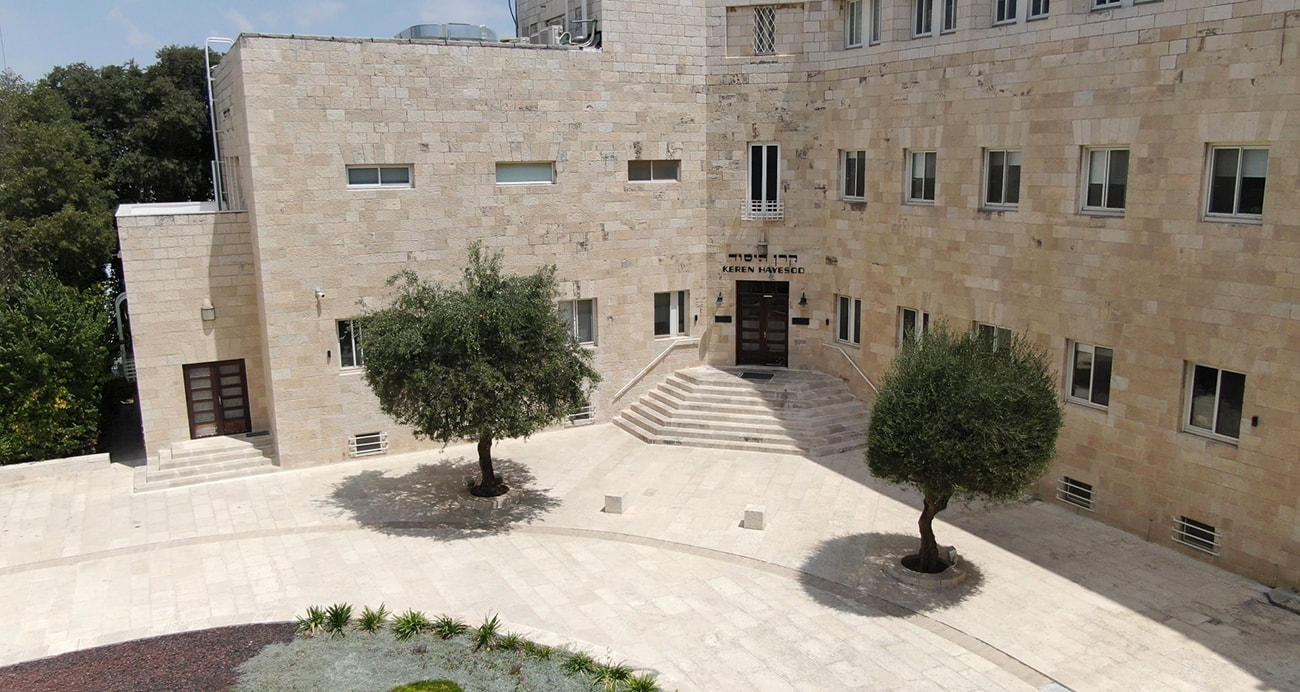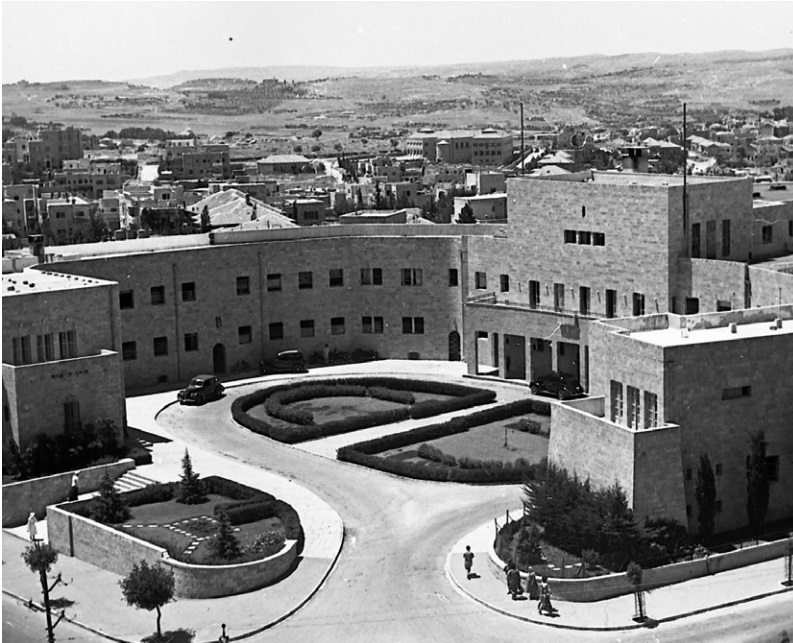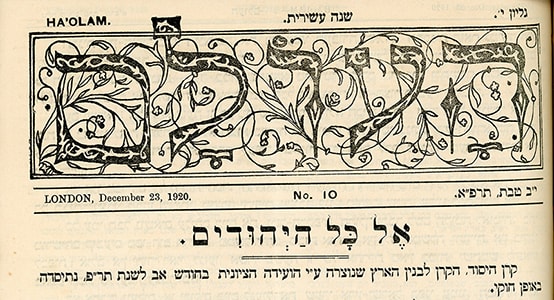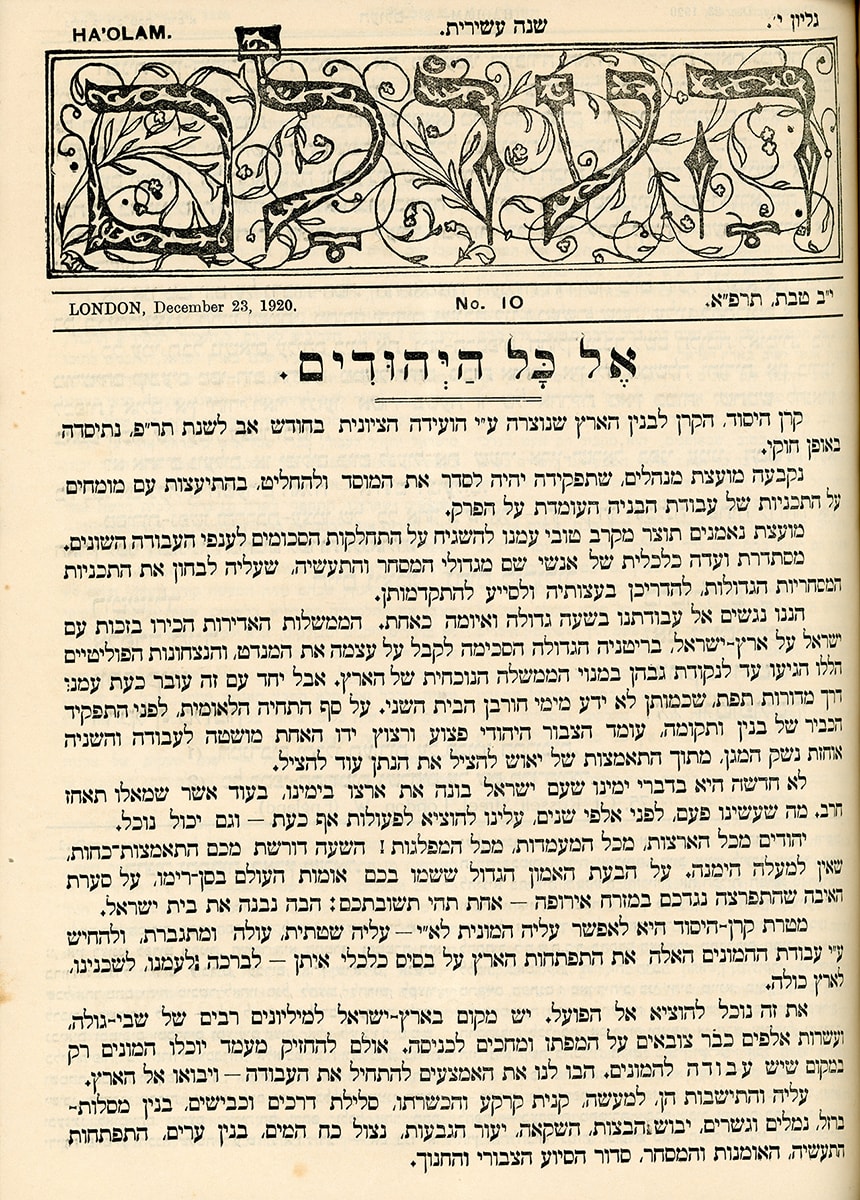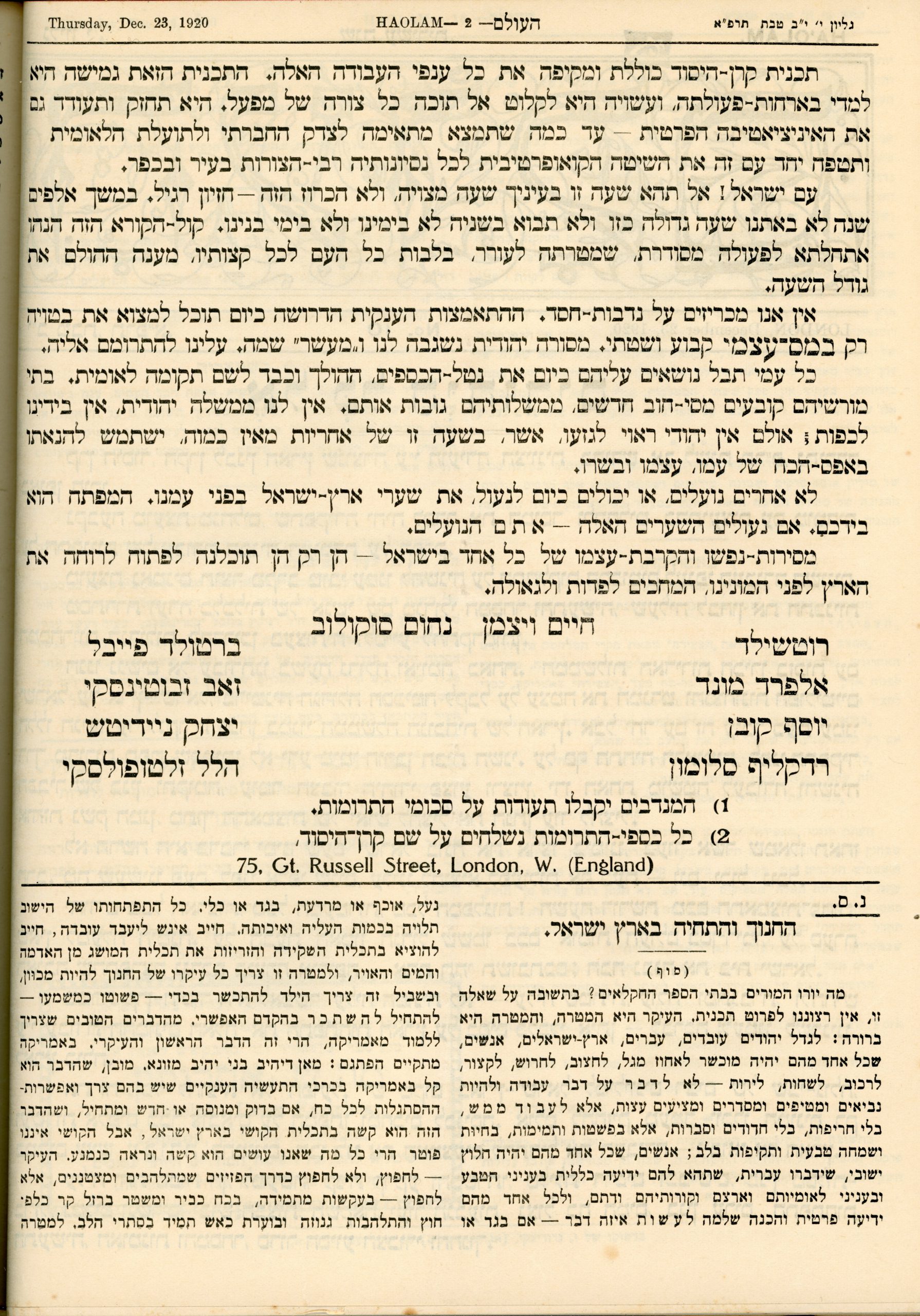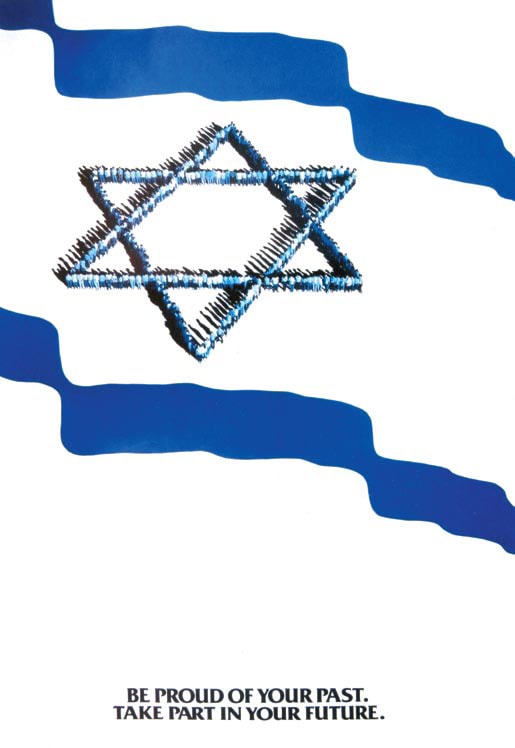For many years, the Jewish Agency for Israel has operated a call center from Jerusalem, which provides information, quickly, efficiently and free of charge, to people interested in making aliyah to Israel. The call center provides round-the[1]clock service in six languages (English, Spanish, Portuguese, Russian, French and Hebrew). Activity at the call center is intense when there is trouble – such as a security incident or economic crisis – somewhere in the world. During the terror attacks in France in 2015, for instance, the call center staff worked non-stop answering calls, which were often punctuated by tears and shouting, with one purpose: to respond to every question and help the distressed callers. The center helps potential olim understand the process that awaits them, look at possible aliyah tracks and start the registration and preparation process. The staff includes new immigrants who have been through the process themselves, and are now paying it forward and helping others. Some 85% of new olim to Israel received initial help from the call center. The center responds to over 100,000 calls a year; 25,000 of the callers fulfil their desire to make aliyah.
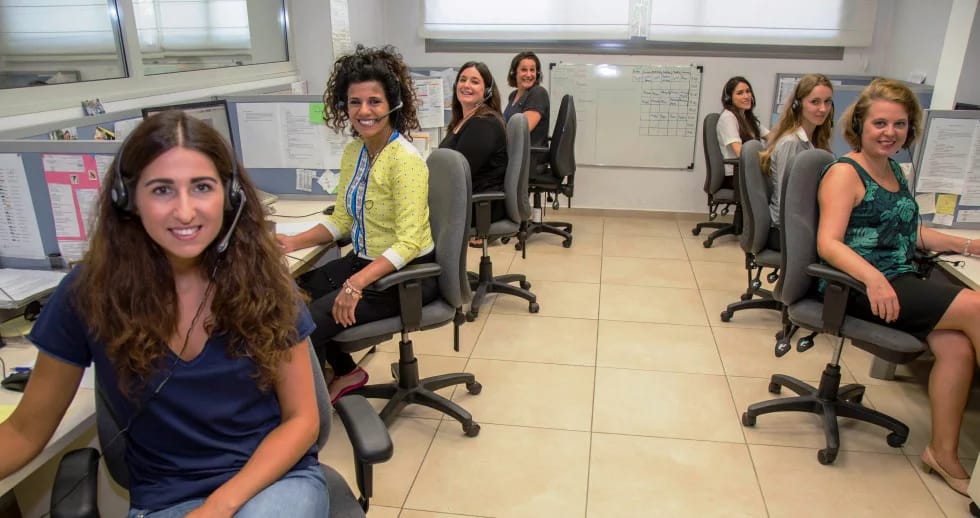
Photo: The Jewish Agency for Israel call center in Jerusalem, 2017
